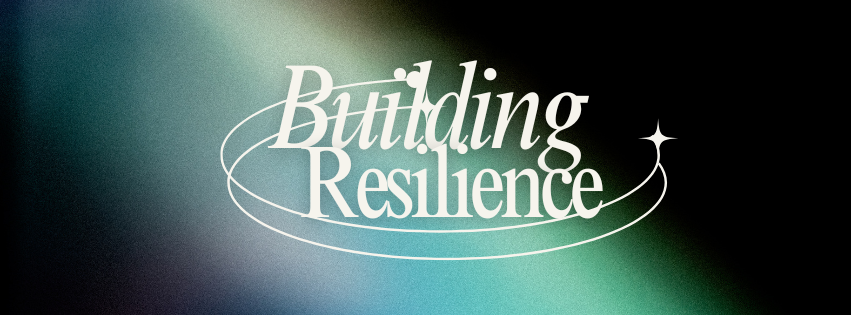
Creating the Life You Love

What does it mean to truly love the life you’re living? For some, it’s about pursuing their passions. For others, it’s cultivating meaningful relationships, experiencing joy in the everyday, or achieving long-held goals. But no matter how you define it, one thing is certain: creating a life you love doesn’t happen by accident—it’s an intentional process.
If you’re feeling stuck or unfulfilled, know this: you have the power to change your story. Let’s explore how you can take charge and design a life that feels purposeful, joyful, and uniquely yours.
Step 1: Clarify What Matters Most
You can’t create the life you love if you don’t know what truly makes you happy. Start by asking yourself:
- What activities, people, or experiences light me up?
- What values are most important to me?
- What legacy do I want to leave behind?
Take time to reflect and write these down. Your answers will serve as a compass, guiding your decisions and priorities.
Step 2: Let Go of What Doesn’t Serve You
We all carry things—habits, beliefs, relationships, or commitments—that weigh us down. To move forward, you need to create space for what truly matters.
- Identify limiting beliefs: Are you telling yourself, “I’m not good enough” or “It’s too late to start over”? Challenge these thoughts and replace them with empowering ones.
- Set boundaries: Say no to things that drain your energy or don’t align with your values.
- Declutter your life: Let go of physical, mental, and emotional clutter to make room for growth and clarity.
Step 3: Dream Big, Start Small
Creating a life you love doesn’t require drastic, overnight changes. In fact, it’s the small, consistent steps that create lasting transformation.
- Visualize your ideal life: What does your dream day look like? How do you feel? Where are you? Use this vision as inspiration.
- Set actionable goals: Break your big dreams into smaller, achievable steps. Focus on progress, not perfection.
- Celebrate the wins: Acknowledge and reward yourself for each step forward, no matter how small.
Step 4: Cultivate Self-Belief
The journey to a fulfilling life starts with believing in your ability to create it. Strengthen your confidence by:
- Practicing self-compassion: Be kind to yourself when things don’t go as planned.
- Reframing setbacks: See challenges as opportunities to learn and grow.
- Surrounding yourself with positivity: Spend time with people who uplift and inspire you.
Step 5: Prioritize Balance and Joy
A life you love isn’t just about achieving goals—it’s about enjoying the journey.
- Make time for joy: Incorporate activities that bring you happiness and peace into your daily routine.
- Nurture your mind, body, and spirit: A balanced life helps you stay energized and aligned.
- Practice gratitude: Focus on what’s good in your life right now. Gratitude helps shift your mindset from scarcity to abundance.
Step 6: Embrace Growth and Change
The life you love will evolve as you do. Stay open to new experiences and opportunities:
- Be flexible: Life rarely goes exactly as planned, and that’s okay.
- Keep learning: Explore new hobbies, read books, and seek personal growth.
- Celebrate the journey: The path to creating a life you love is as important as the destination.
Final Thoughts: You Hold the Pen
You are the author of your own story. No matter where you are today, you have the power to create a life that feels meaningful and fulfilling. It starts with a decision—a commitment to yourself to take the first step.
So, what’s one small action you can take today to move closer to the life you love? Remember, it’s never too late to dream, to grow, and to create a life that reflects the best version of you.
Let’s get started—because your best life is waiting for you.






Recent Comments